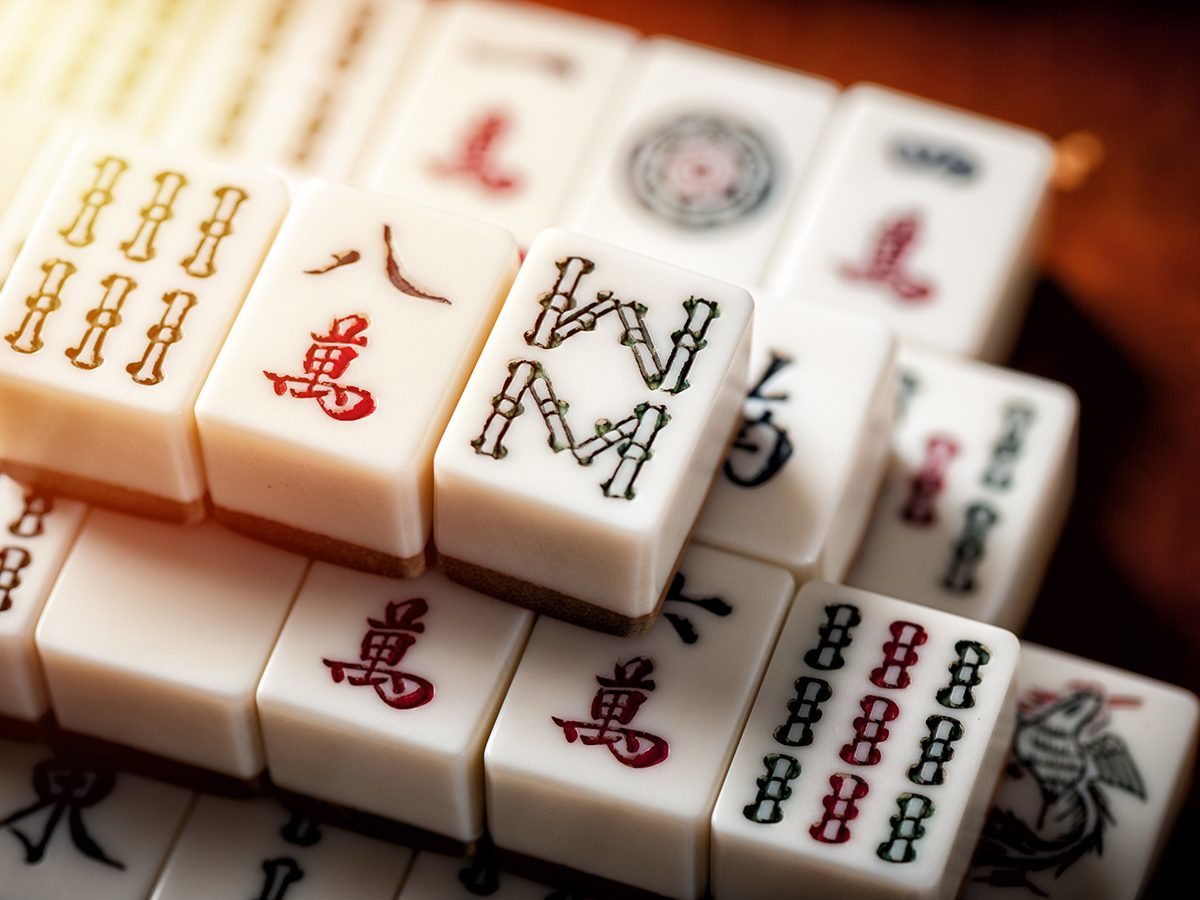
The world’s favourite pastime
You might have grown up playing mahjong, picking up the ins and outs of the game by watching parents and grandparents. Or you might have recognized the familiar red, blue and green tiles in popular culture, as seen in movies like The Joy Luck Club and Crazy Rich Asians. For centuries, it’s been one of the most common pastimes in Asia and around the world, beloved for the mental workout it presents, and the shared sense of community that comes from playing. From the art of hand-carved tiles to the game’s health benefits, read on to learn more interesting facts about mahjong. (If you want to learn how to play, check out this easy to follow instruction manual from Tea Base.)
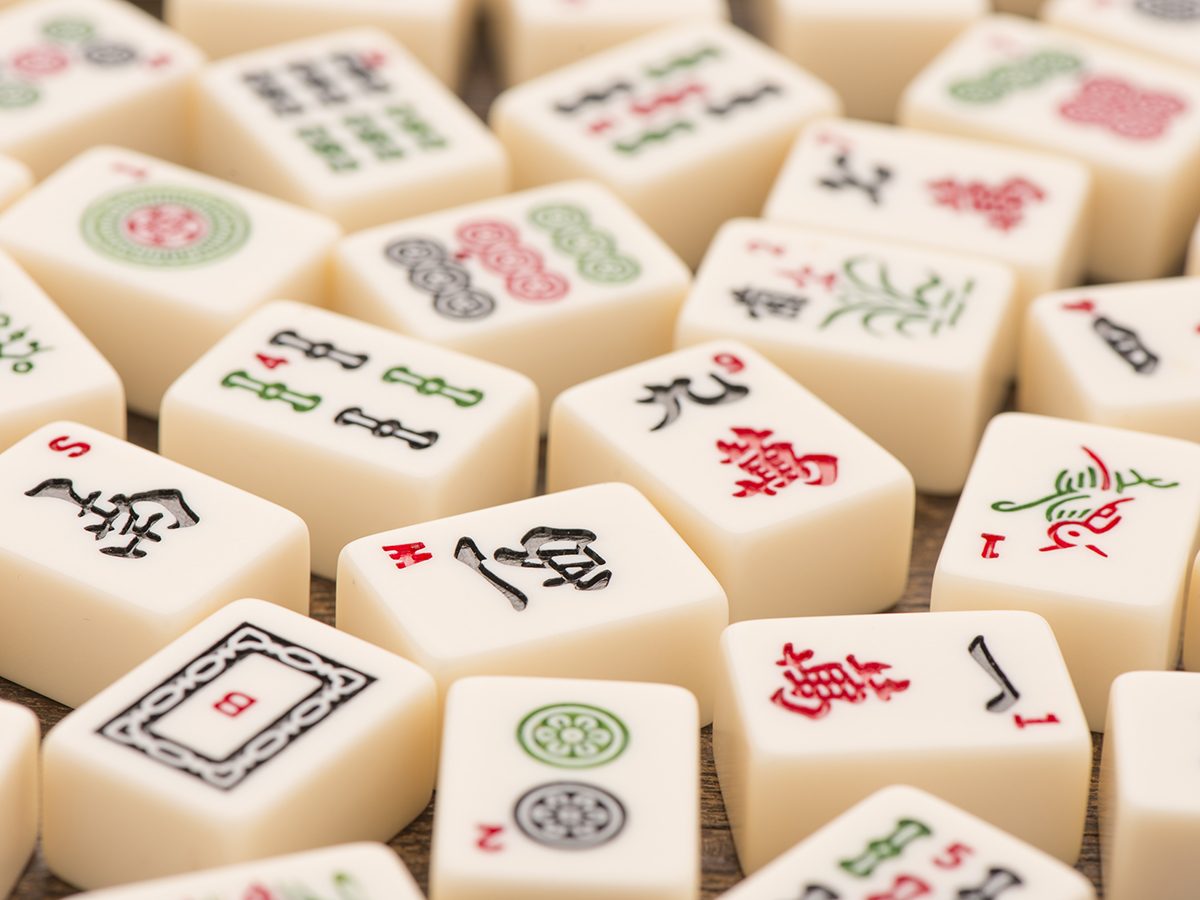
Mahjong might have originally been a card game played by fishermen
While the exact origin of mahjong has been lost over time, there have been many theories about how one of the most popular games in the world came to be. In Amy Lo’s The Complete Book of Mah Jongg, mahjong is said to have evolved from a card game first played in China over a thousand years ago, devised by a fisherman to distract sailors from the hardships of life at sea. Another popular legend links the game to Chinese philosopher Confucius.
Learn all about bunnock—the best game you’ve never heard of.
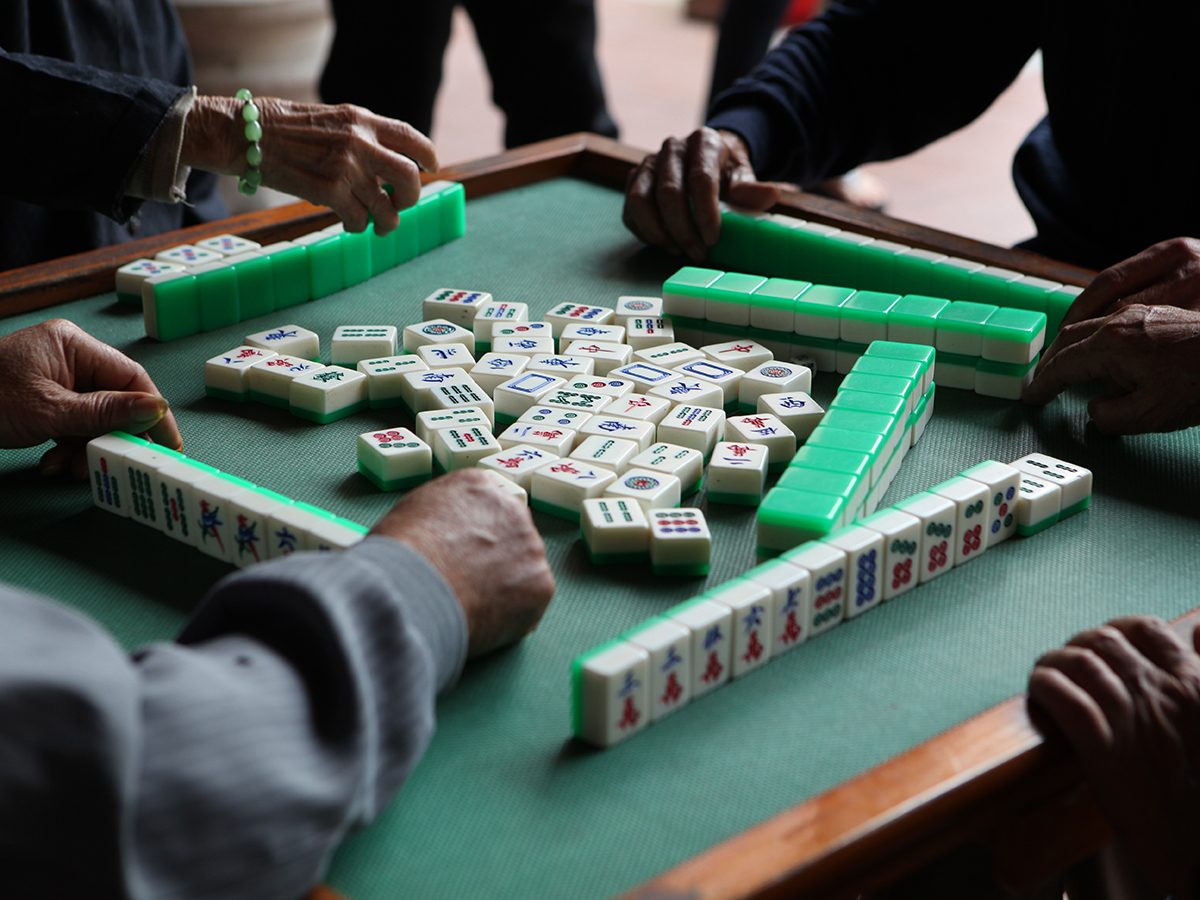
The name translates to “sparrow” in Chinese
Like the game’s early history, the source of its name is also unclear but there are a few possibilities. Lo believes that the name may refer to the similarities between a sparrow’s noisy chirping and the clacking of mahjong tiles. It could also describe the players’ rapid arm movements, which look like the movement of jumping sparrows. Another theory is that the name derives from the time when the game was played with cards. While sailors played on the boats, the wind would blow the cards away, sending them to the wind like flying sparrows.
These “modern” words are actually older than you think!
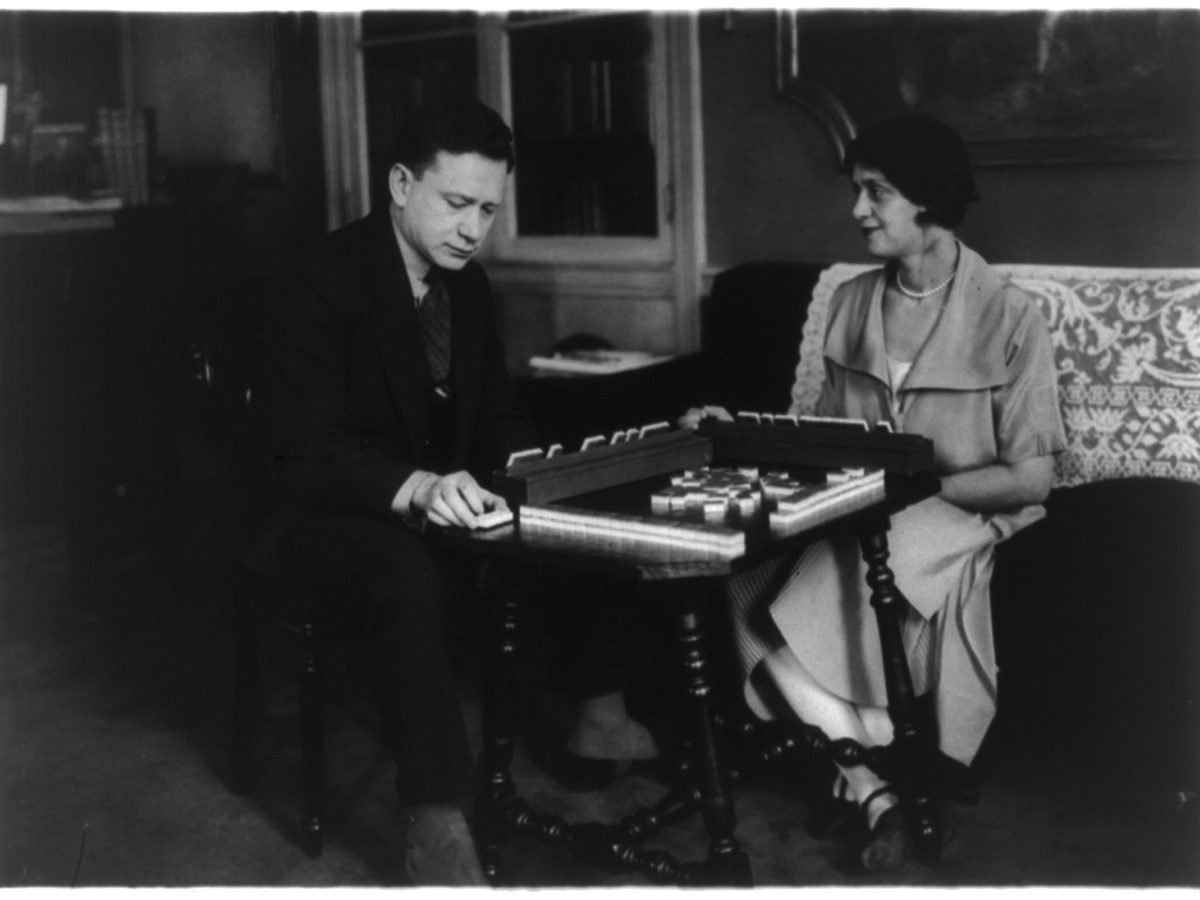
Abercrombie and Fitch sold the first mahjong sets in North America
Although Abercrombie and Fitch is known today as a purveyor of trendy clothing for kids and teens, the retailer also played an important role in popularizing mahjong in North America. Founded in 1892 as an outdoors outfitter, it became the first company to sell sets in New York City during the 1920s. After selling out their initial stock, co-founder Ezra Fitch sent emissaries to cities and villages in China to buy every set they could find.
Test your knowledge with these 15 history questions people always get wrong.
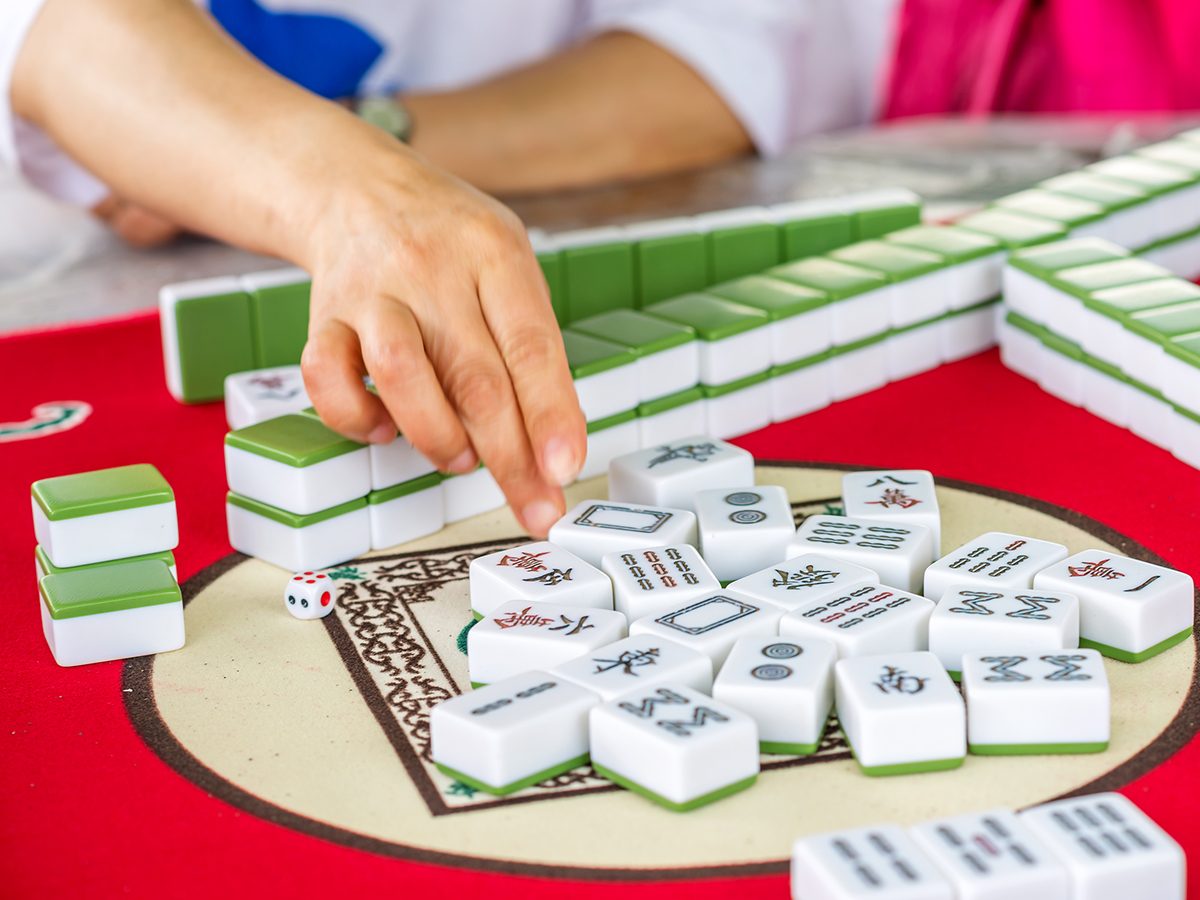
How you play depends on where you play
The widespread popularity of mahjong throughout Asia—and later around the world—led to different regional variations of the game with their own sets of rules and scoring systems. Hong Kong or Cantonese style is the version of the game most commonly played in Canada, but you can also learn Japanese, Taiwanese and American variants. For more competitive players, Mahjong Competition Rules or Official International Rules is the standard for tournaments.
Read the heart-warming story of why a game of euchre is always the answer for this family.
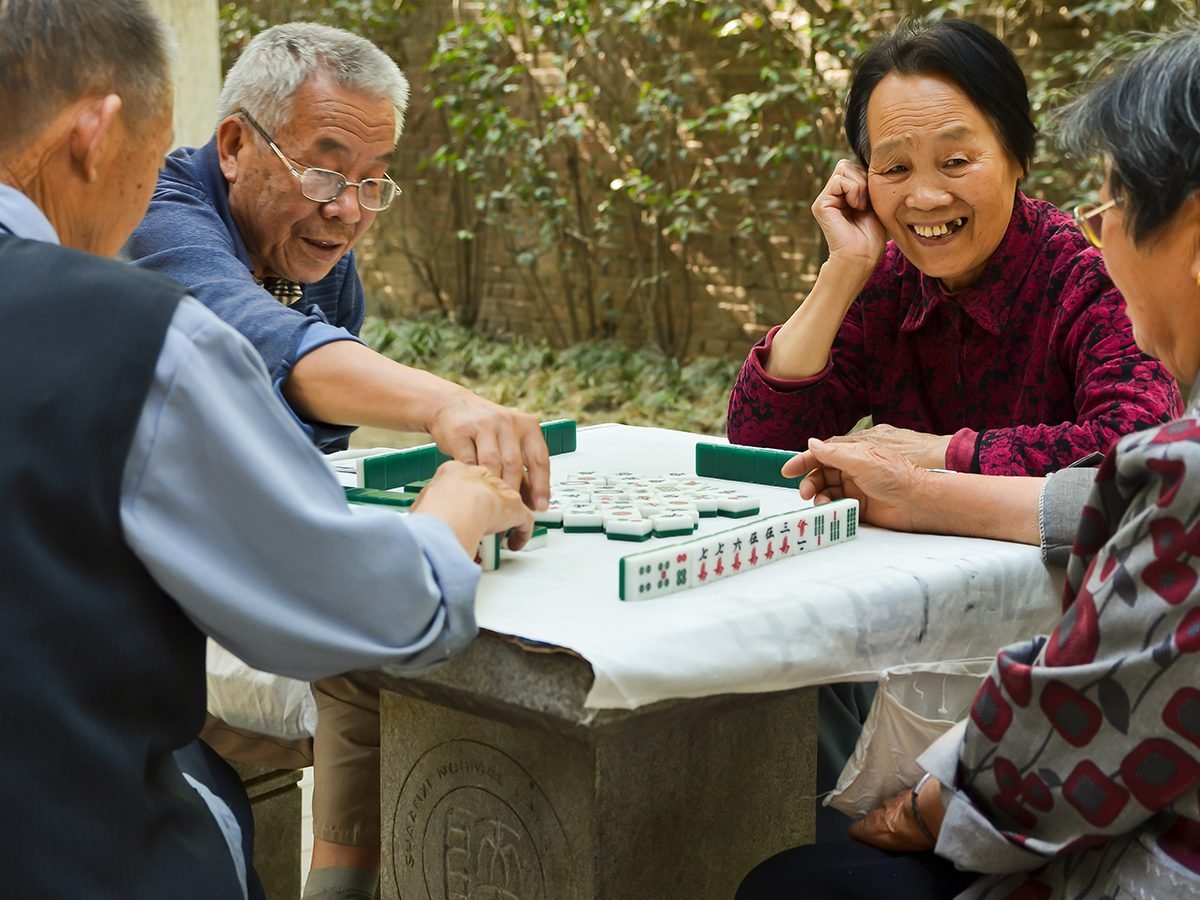
Playing mahjong can help improve cognitive function
A 2020 study from Frontiers in Neurology found that playing mahjong for 12 weeks (three times per week) improved the executive function—which includes memory, planning and organization—and the ability to do daily activities in elderly patients with mild cognitive impairment. This builds upon earlier research from the International Journal of Geriatric Psychiatry, which found that playing mahjong regularly had the potential to improve memory in patients with mild to moderate dementia.
Need a break? Here are 24 brain games guaranteed to boost your brain power.
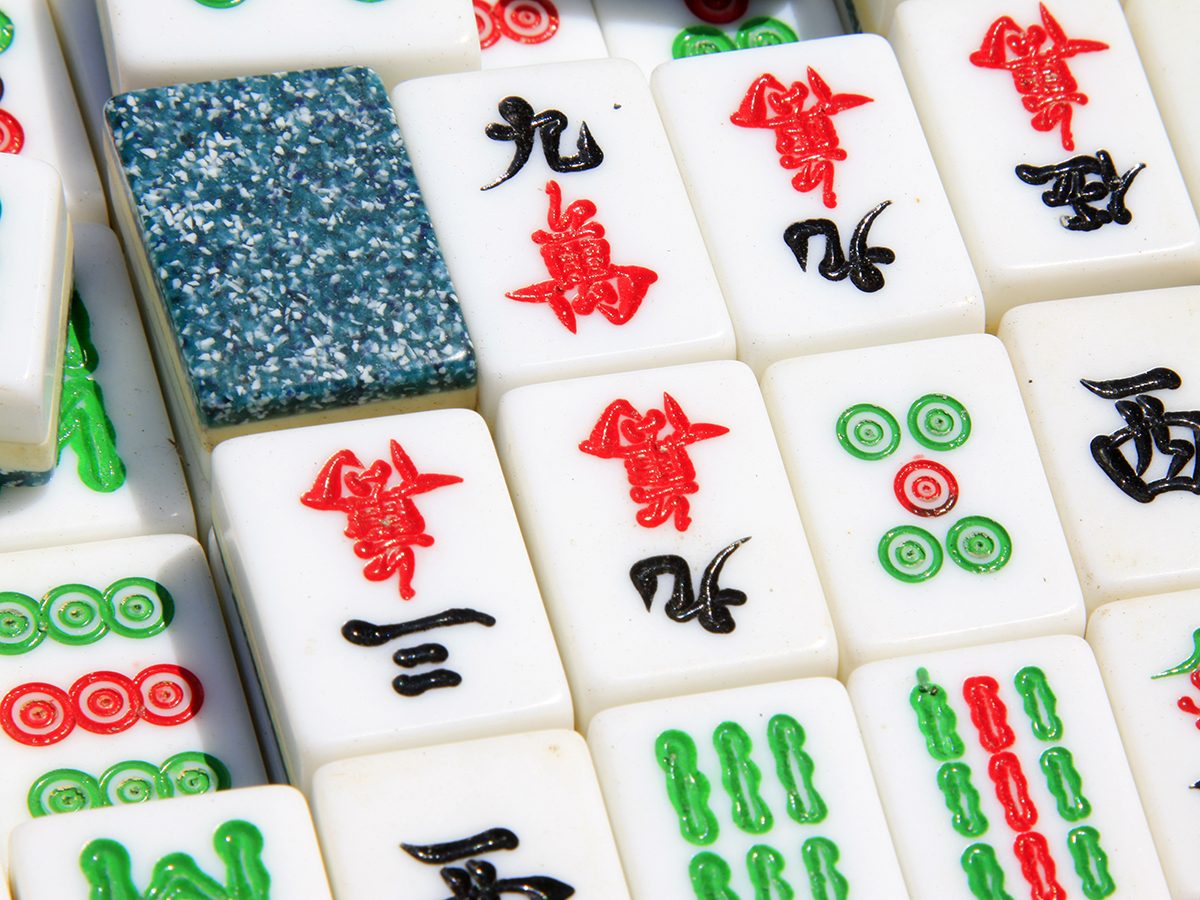
One-of-a-kind hand-carved tiles are a traditional art form
With standard mass-produced mahjong sets widely available, it’s become harder to get artisanal hand-carved tiles. In Hong Kong, there are only a few shops left producing these sets, which have deeper and more distinct carvings, and are usually made with more durable materials than their mass-produced counterparts. The tiles are first engraved, then cleaned and painted in a process that can take up to a week to complete.
Check out these Chinese New Year traditions we can all celebrate.
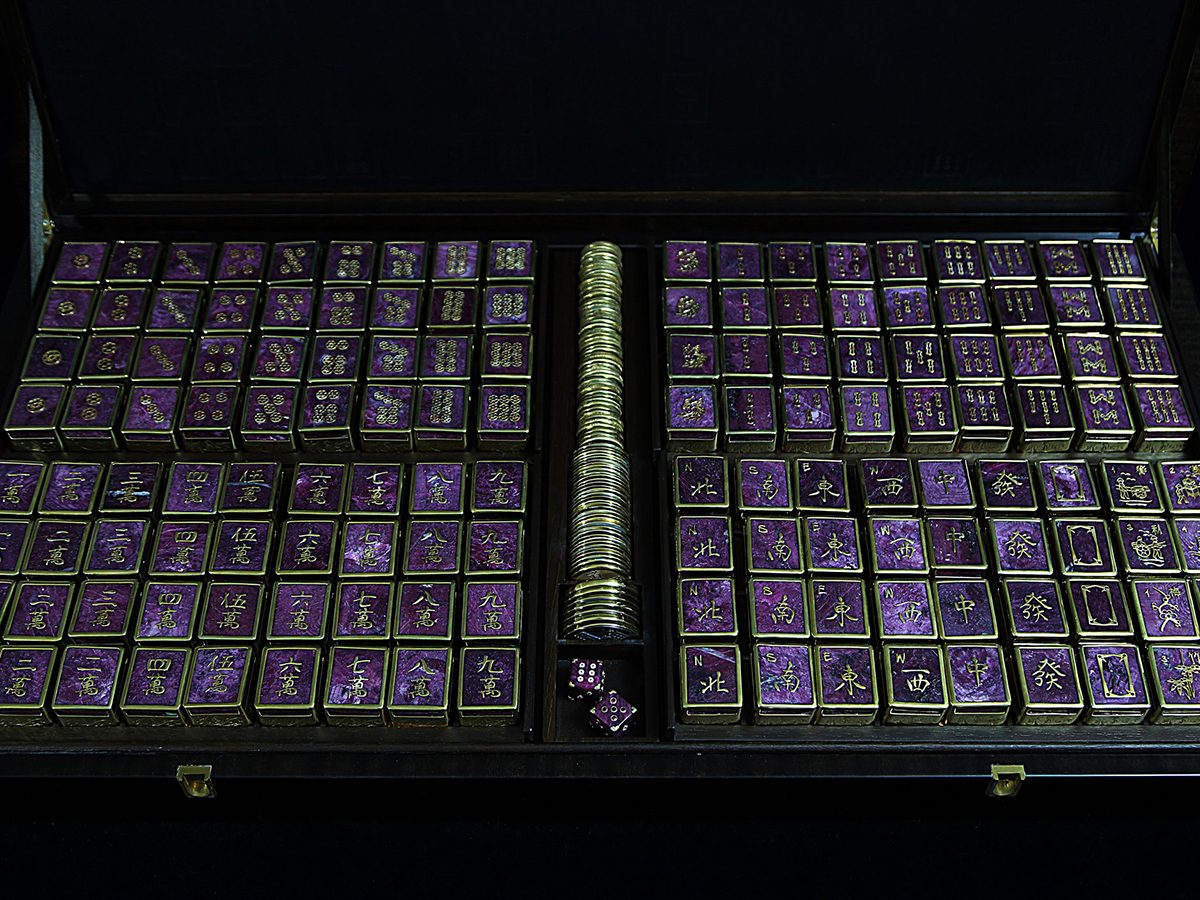
This luxury set is covered with hundreds of diamonds and rubies
S.T. Dupont, a Paris-based manufacturer of luxury goods, collaborated with renowned Peruvian gemstone artist Luis Alberto Quispe Aparicio of L’Aquart studio on possibly the most luxurious mahjong set ever. Each of the 144 tiles are handcrafted over eight months from solid blocks of Tanzanian ruby, framed with hand-hammered gold vermeil and feature a jaw-dropping 1,000 Burmese rubies and 300 diamonds. The price tag? A cool $1.3 million.
Here’s a peek inside the world’s most expensive hotel room.

There have been cases of mahjong-induced seizures
Similar to giving your eyes a break after an extended period of screen time, you might want to take a pause between rounds of mahjong. A 2007 study from the Hong Kong Medical Journal reviewed cases of “mahjong epilepsy” in which patients had seizures triggered by playing or watching the game. The study’s authors noted that the cognitive demands required to play mahjong—memory, concentration, calculations and reasoning, to name a few—may have contributed to these symptoms. Cases of “decision-making epilepsy” have also been reported in other strategic games like chess and even while solving a Rubik’s Cube.
Next, check out this list of 40 great things to do in quarantine.